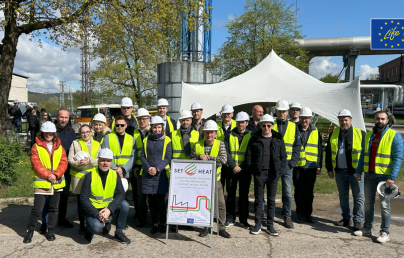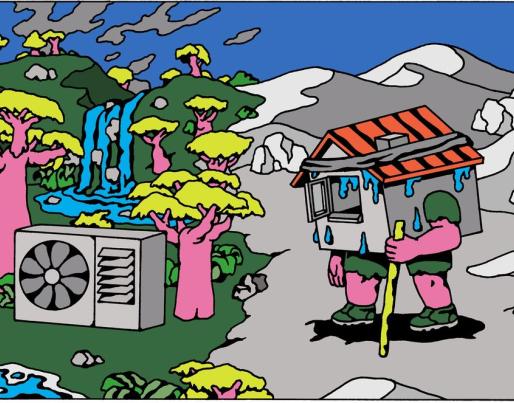
Here’s How a Heat Pump Can Cool Your House in the Summer

Here’s How a Heat Pump Can Cool Your House in the Summer
This article gives some insights from North America regarding the increasing need to cool down inside temperature as a direct consequence of more and more common heat waves. A solution would be to install heat pumps which is an energy efficient way to improve indoor thermal comfort and reduce emissions.
As temperatures and energy bills spike this summer, it might be time to consider installing a heat pump. Despite its name, a heat pump cools your home as well as warming it in winter, but the device is far more efficient than a conventional air conditioner and fossil fuel furnace.
The most commonly installed are air-source heat pumps, which resemble air conditioner units that sit outside your house. During hot months, liquid refrigerant in a copper coil extracts heat from the interior of a home as warm air naturally moves toward the cold. The hot air is then vented outside the house. A heat pump in cooling mode also lowers the humidity in a house, creating a more comfortable environment.
That’s increasingly useful in temperate areas of the United States, where people typically don’t have air conditioners but are being hit with climate-change-fueled heat waves, such as the record-breaking temperatures that seared the Pacific Northwest in June 2021. California and other western states are also experiencing more frequent and widespread wildfires that can blanket distant cities in toxic smoke.
“We do see in places like California that because of wildfires, folks want to have AC because they want to shut their windows,” says Lacey Tan, manager of the carbon-free buildings program at the nonprofit Rocky Mountain Institute.
A report on the 2021 Pacific Northwest heatwave by RMI found that a Seattle home equipped with a heat pump would save $228 annually compared to conventional cooling and heating systems and reduce the building’s carbon dioxide emissions by about 25%. “While more and more people in the United States and around the world look to add cooling to their homes, it’s important to ensure that cooling equipment has minimal climate impact,” the report stated.
Read the full news here.

